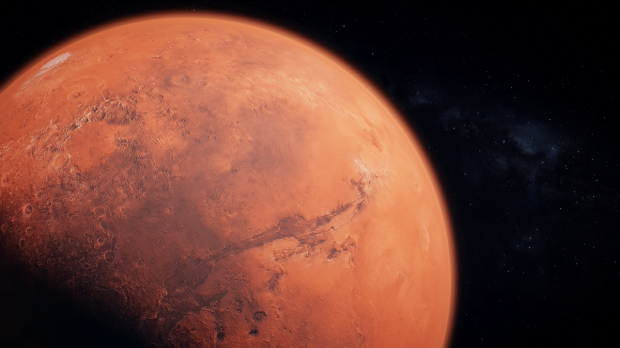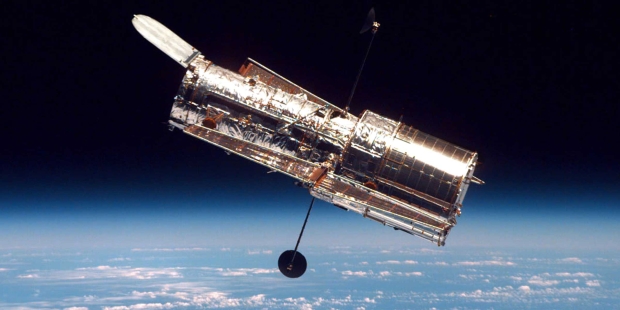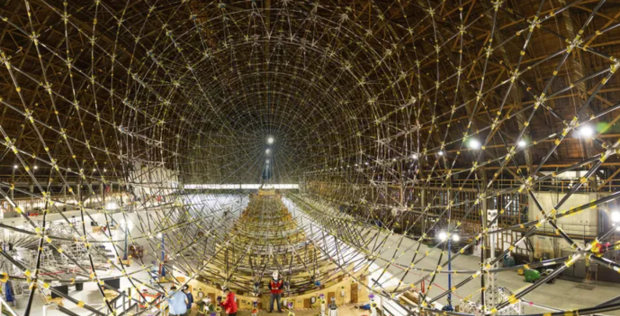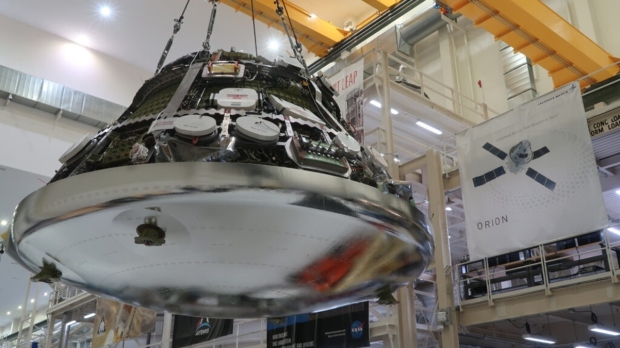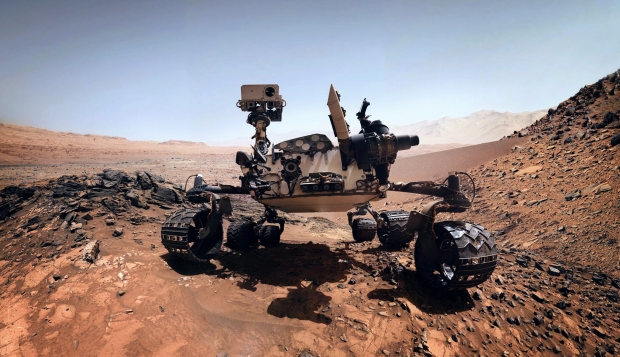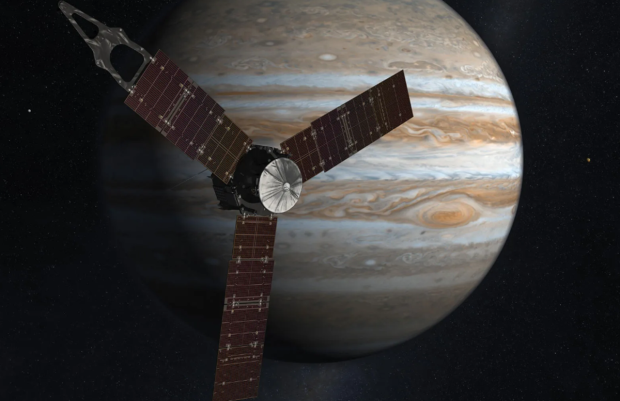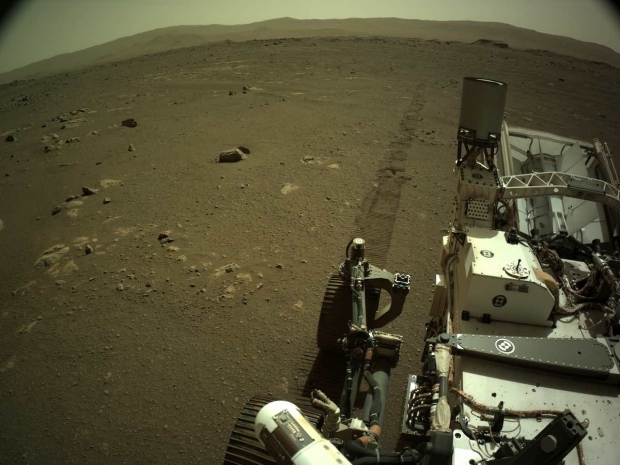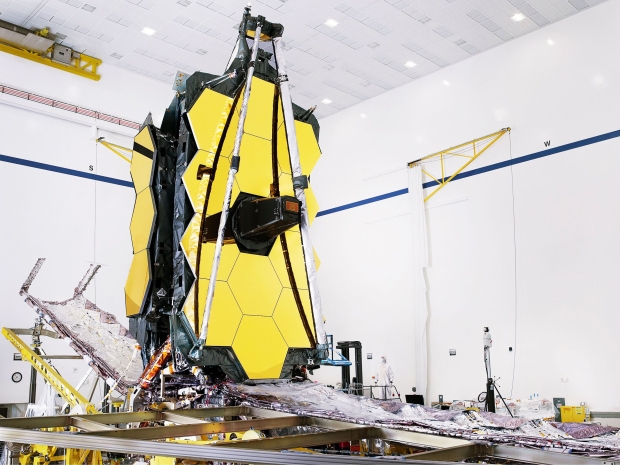Science, Space, Health & Robotics News - Page 27
NASA shows doubt for its Mars samples getting back to Earth on schedule
NASA has a plan for getting the multiple Martian samples collected by the Mars rover named Perseverance back to Earth, but a new report has found that may just be unrealistic.
The newly published report is by an Independent Review Board that took into account all of the issues that currently plague the Mars Sample Return mission. The report identified key problems within NASA's budgeting and overall schedule. For example, NASA's current plan for its Mars Sample Return mission is projected to cost $8 billion, with a total of $11 billion throughout its entire lifecycle. Additionally, the space agency plans to launch the mission in 2028 and get the samples back on Earth by mid-2030.
So, what are the problems? The report states that if the agency doesn't receive the funding it's requesting, it will be knocked off schedule. Notably, the Mars Sample Return mission received $822.3 million in a 2023 spending bill when NASA requested $949.3 million. Furthermore, NASA requested an additional $250 million this fiscal year and in 2024 to ensure development isn't delayed and the timeline of a launch/return isn't blown off course.
NASA telescope snaps photograph of a 'dancer' out in deep space
The European Space Agency (ESA) has taken to its website to explain an image snapped by the iconic Hubble Space Telescope.
The Hubble photograph is of the spiral galaxy officially called NGC 1566, and according to the ESA, this spiral galaxy is also informally referred to as the "Spanish Dancer Galaxy". The space agency explains that NGC 1566 is located approximately 60 million light-years from Earth within the constellation Dorado, and is a member of the galaxy group called Dorado.
Notably, galaxy groups are different from galaxy clusters, as galaxy clusters can contain hundreds of galaxies all gravitationally connected, while galaxy groups are several tens of galaxies all gravitationally bound. The ESA explains that NGC 1566's nickname was given to the spiral galaxy for its dramatic swirling lines of spiral arms that resemble the movements of a dancer's arms swaying up and down while a routine is performed.
Continue reading: NASA telescope snaps photograph of a 'dancer' out in deep space (full post)
Google cofounder Sergey Brin's 400-foot airship just got approved for flight
The Federal Aviation Administration (FAA) has granted a flight license to Google cofounder Sergey Brin for Pathfinder 1, a 400-foot airship that will soon be taking to the skies.
While other tech billionaires such as Elon Musk, Jeff Bezos, and Richard Branson are concentrating efforts on getting people to space, Google cofounder Sergey Brin is focussing on getting Pathfinder 1 to a reasonable altitude of 1,500 feet. Now Brin can officially do that as his FAA license gives flight approval for Pathfinder 1 to fly up to a height of 1,500 feet, but its flight tests will only be over the south side of the San Francisco Bay area, where it won't interfere with any regular air traffic going to from airports in the surrounding area.
For those that don't know, Pathfinder 1 is a next-generation blimp that will be the largest aircraft to take to the skies since the Hindenburg disaster that occurred in 1937. Notably, the aircraft is designed and built by the Brin-cofounded company Lighter Than Air, which has equipped the blimp with 12 electric motors and a frame that's made out of titanium and carbon fiber. These structural design choices mean the aircraft is light enough to fly with non-flammable helium, rather than the typical method of flammable hydrogen.
NASA confirms humans will never go to the biggest planet in our solar system
NASA has taken to its social channels to say that humans will never visit the biggest planet in the solar system, but we may visit one of its moons.
That planet is, of course, Jupiter, and according to NASA, humans won't be going there anytime soon - in fact, no human currently alive will be visiting Jupiter. Why? Well, the answer is simpler than you may expect, Jupiter is entirely made of gas, hence its categorization as a gas giant. Additionally, the scientific value of humans visiting isn't worth the risk when valuable observations can be conducted from space and ground telescopes. So, with Jupiter crossed off the list of potential locations to visit, what's the next best option?
Europa, one of Jupiter's 95 moons, orbiting the massive gas giant. NASA has already selected this moon as a location for a satellite to be launched. This mission is called "Europa Clipper" and is scheduled to launch next year on the back of a SpaceX Falcon Heavy rocket. Europa is slightly smaller than Earth's moon and is the sixth closest to Jupiter. Furthermore, Europa is made of silicate rock and has a water-ice crust that researchers believe may have oceans beneath its surface that contain extraterrestrial life.
Uncomfortably close asteroid shows how Earth is still at risk of an undetected impact
There is an obvious need to have as many instruments as possible monitoring the solar system for any potentially dangerous space rocks that have lined up their orbits around the Sun with Earth.
However, despite the ever-growing effort of looking for any asteroids that fit this dangerous description, there are still space rocks that closely pass our planet undetected that would cause extreme damage if they reached Earth's surface. One example is an asteroid that passed Earth in July. This space rock is estimated to be anywhere between 100 to 200 feet wide, and it passed Earth at a distance of one-quarter the distance between the Moon and Earth - quite close, relatively speaking.
This asteroid is officially called 2023 NT1, and while it never posed any danger to Earth, it did pass undetected for two days after its closest approach. If 2023 NT1 were to have collided with Earth, it actually wouldn't have made it to the surface due to its size. The extreme heat from the Earth's atmosphere would have heated the asteroid up until it exploded, likely generating a shockwave big enough to destroy buildings.
NASA showcases the spacecraft four astronauts will take on a trip to the Moon
NASA's Orion spacecraft is scheduled to lift off from Earth sometime in 2024 to be launched on a long journey around the Moon, carrying four astronauts on a harrowing mission.
The space agency has taken to its website to issue an update on the development of the Orion spacecraft, with NASA explaining that Orion is actually modular, with each part being engineered by a different company. For example, the part of the spacecraft that provides electricity, propulsion, air, and water is constructed by Airbus Defence and Space and is provided by the European Space Agency (ESA), while Lockheed Martin develops the adapter and crew module that will house all four astronauts.
With these two modules now stacked on top of each other, the Orion spacecraft is now ready to undergo a series of tests designed to prepare it for its long journey around the Moon. NASA writes that for the first time, teams will be able to power up the service and crew module, which will be the very first test the space agency will conduct. The next test will be altitude chamber testing, which will attempt to replicate the vacuum of space.
NASA rover discovers wild evidence Mars was likely a 'planet of rivers'
A team of researchers used data acquired by NASA's Curiosity rover to determine that Mars once was one too many more river systems than researchers previously guessed, even going as far as to describe the Martian world as once being "a planet of rivers".
A new study published in the Geophysical Research Letters details an analysis that was conducted on data gathered by NASA's Curiosity rover, currently stationed in the Gale Crater, a prime location for looking for past river systems. The team specifically looked at erosion across the planet and applied numerical models to simulate erosion across millions of years. The team concluded that crater formations called bench-and-nose landforms are likely from remnants of ancient riverbeds.
The team combined satellite data, Curiosity's data, and 3D scans of the stratigraphy - or layers of rock, called strata, deposited over millions of years - beneath the Gulf of Mexico seafloor. All of the aforementioned data was used to train a computer model that revealed Mars could have once had far more rivers and riverbeds than previous research has indicated.
NASA shares eerie photograph of haunting 'face' on Jupiter captured by close spacecraft
NASA has taken to its social channels to share an incredible image of a "face" captured by its Juno spacecraft during a fly-by of the planet on September 7, 2023.
The space agency has taken to its website along with its social channels to share an "eerie" photograph of a "face" that was captured by the Juno spacecraft on its 54th fly-by. NASA explains that while the image certainly resembles a "face," it's merely Jupiter's turbulent clouds located on the planet's far northern region. NASA writes in its blog post that the image shows what is called a "terminator," which is the dividing line between the day and night side of the planet.
At the time of the image being snapped, NASA's Juno spacecraft was approximately 4,800 miles above Jupiter's top clouds, at a latitude of 69 degrees. These photographs are analyzed by researchers who look for patterns in Jupiter's cloud formations, identifying any storms, abundantly turbulent areas, calm regions, etc - all of which to develop a deeper understanding of the atmosphere of the largest planet in our solar system.
NASA's Mars rover photographs latest rock sample revealing an ancient environment
NASA has taken to its official X account for its Mars rover named Perseverance to share images and video of its latest Martian sample.
The Perseverance rover X account, which is run from the perspective of the rover, posted a collection of images on October 26 showcasing that its drill bit was "filled to the brim" with its latest sample. The rover explains in its X post that its "abrasion patch" revealed "interesting textures in this bedrock". Notably, the space agency explains that these images are snapshots of the ancient environment that Perseverance is currently exploring.
The Mars rover is located within the Jezero Crater, a location specifically selected by NASA for its high potential of once having running rivers and delta. NASA's educated guess was quickly proven true by Perseverance once it became operational after landing in the crater in February 2021. The rover imaged the surrounding area and provided evidence that Jezero Crater once had flowing water that carved deltas into the landscape. There was also evidence through erosion lines.
NASA's Webb telescope captures extremely rare and bright explosion in deep space
NASA's James Webb Space Telescope (JWST), the world's most powerful space telescope, has detected an extremely rare explosion caused by the merger of two stars.
Webb wasn't the only telescope involved in these observations as researchers used data acquired by NASA's Fermi Gamma-ray Telescope, and NASA's Gehrels Swift Observatory in addition to the data provided by Webb. The instruments detected an incredibly bright gamma-ray burst, now called GRB 230307A, which was caused by an explosion as a result of two neutron stars merging. Webb's instruments specifically assisted researchers in identifying the chemical element tellurium, which was produced shortly after the explosion took place.
Scientists call the explosion caused by the merger of two neutron stars, or a neutron star and a black hole - a kilonova. NASA writes in its blog post found on its website that observations such as the detection of the heavy element tellurium help researchers in piecing together how life on Earth eventually came into existence. The space agency writes, "Other elements near tellurium on the periodic table - like iodine, which is needed for much of life on Earth - are also likely to be present among the kilonova's ejected material."


